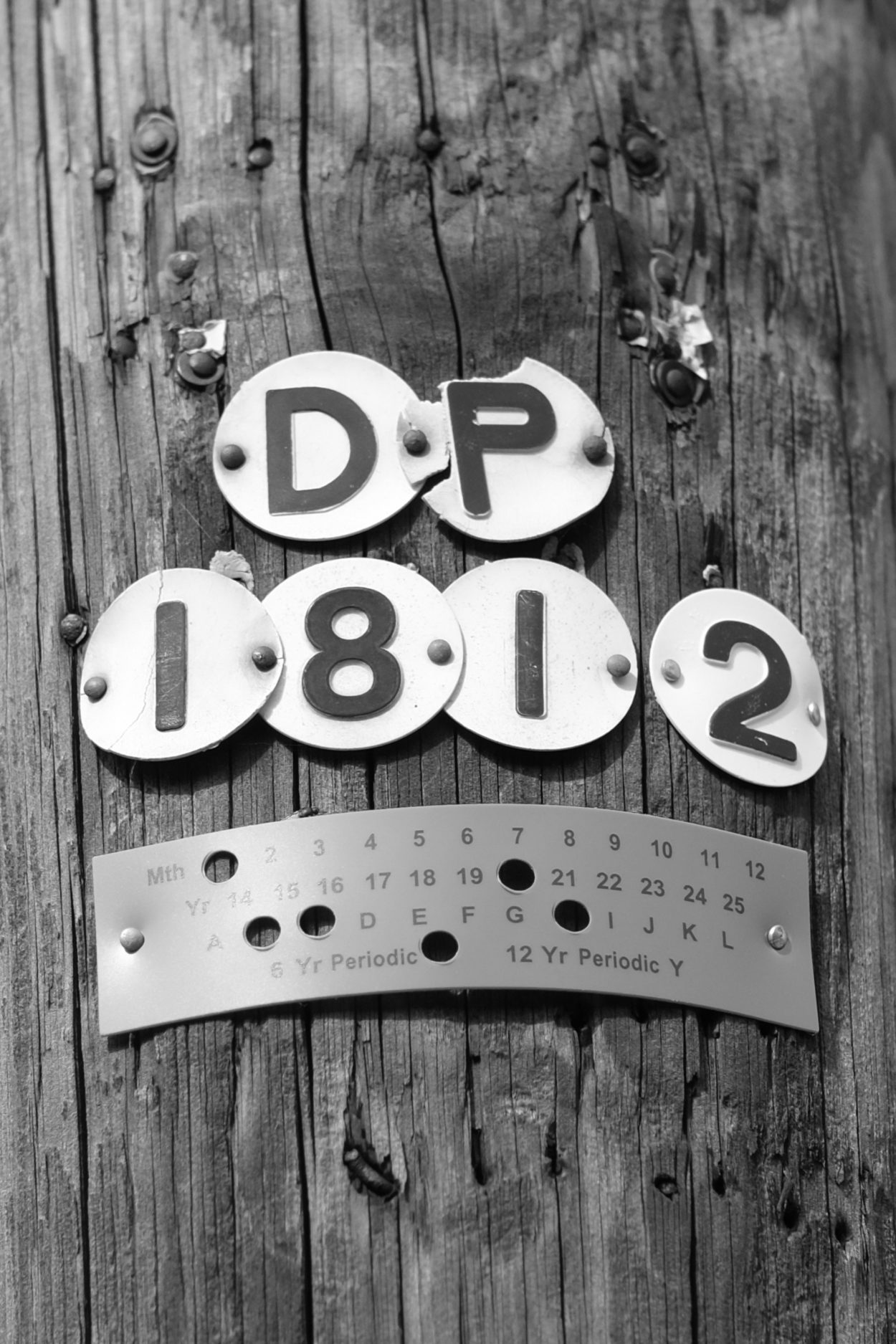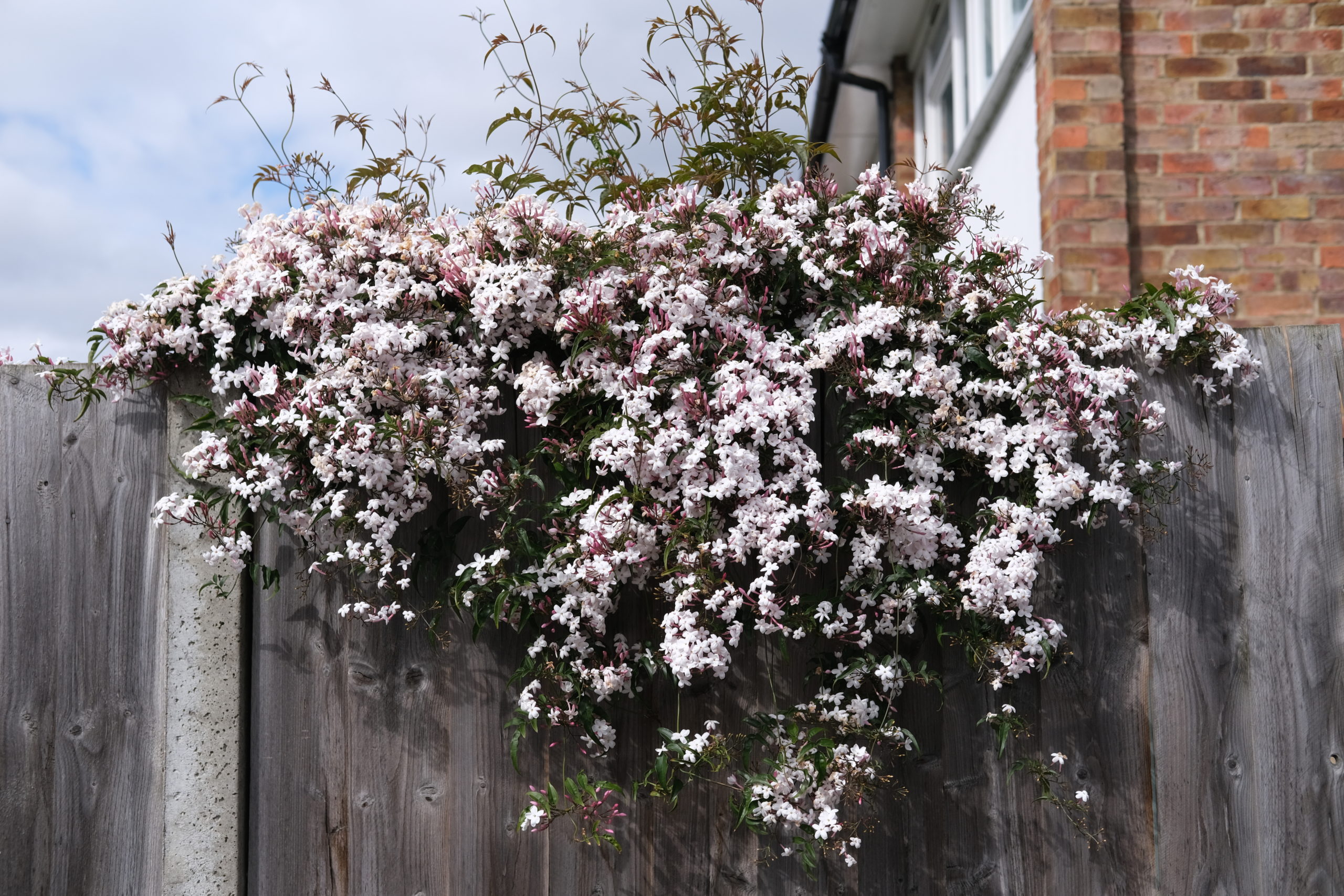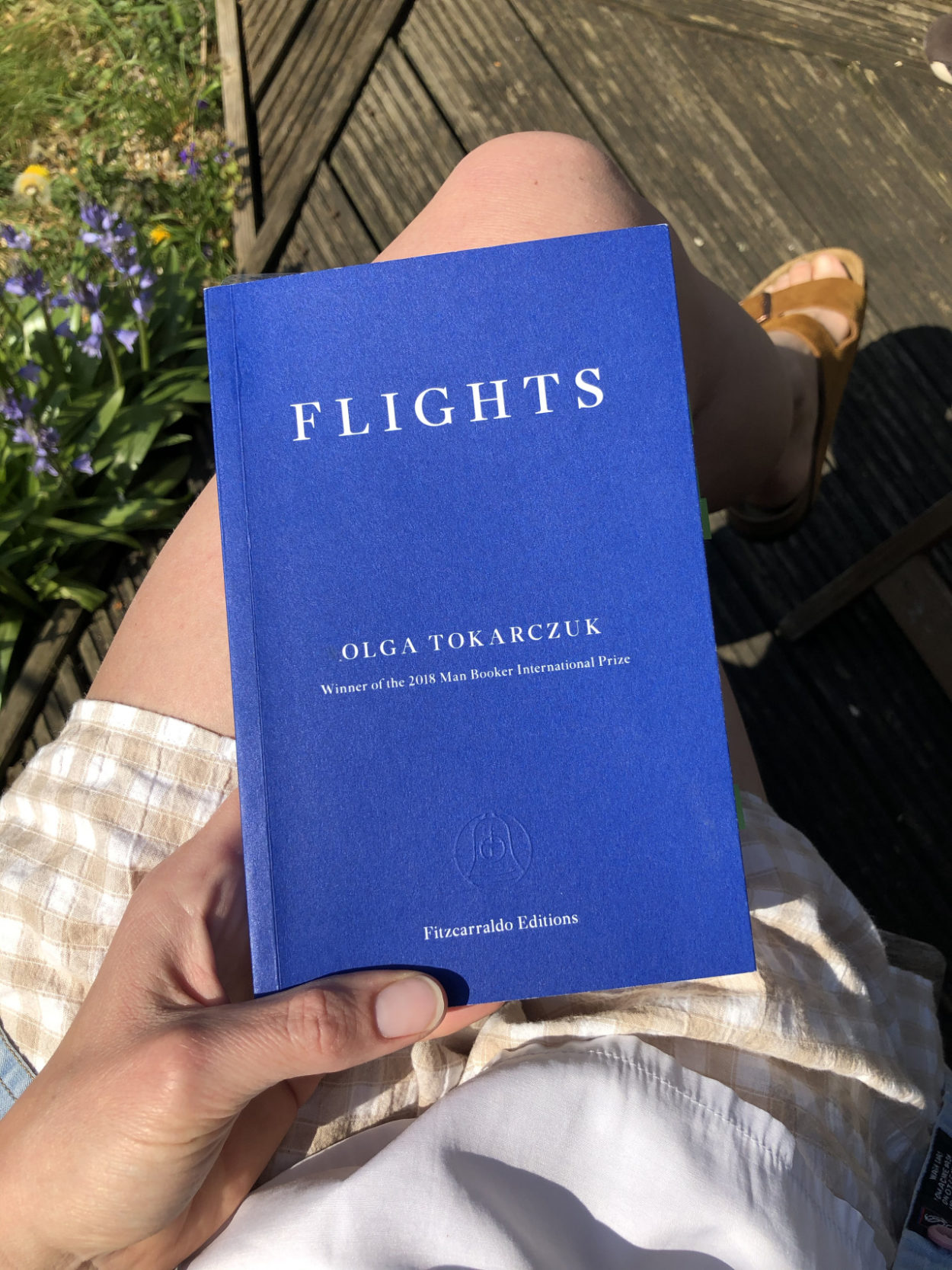Published
Pandemic lessons
Never forget the luxury of filing your nails after cutting them.
Published
Never forget the luxury of filing your nails after cutting them.
Published

Walking the morning loop today, this utility post identification and inspection system caught my eye. Materials restricted to the bare economic minimum and eroded by weather, it serves its purpose with pleasing aplomb.
Segue, MR spent some time recently developing the naming system below as we’re planning to organise all of our digital images into the same location. Until now we’ve kept tidy but separate archives.
The system includes provision for:
Year–Month–Date–Country–Location–Camera–Roll–Photo
2020
↳ 2020_05_UK-London
↳ 2020_05_UK-London_GA645_1
↳ 20200510_UK-London_GA645_1-1.jpg (or)
↳ 20200510_UK-London_GA645_MacGuffin-No7_1-1.jpg
↳ 2020_05_UK-London_GA645_2
↳ 2020_05_UK-London_GA645_3
↳ 2020_05_UK-London_XT3_1
↳ 20200510_UK-London_XT3_1.jpg
↳ 20200510_UK-London_XT3_2.jpg
Published

This jasmine crop has been a source of comfort lately. MR and I, individually or together, walk past it every day, sucking its perfume deep into our lungs and occasionally rehoming a sprig.
Published
Some ideas arrive as epiphanies. We stand witness to their delivery on a memorable day, time and location (very often the shower). Others are slow burners. Like new freckles, we are oblivious to their spread – our attention elsewhere – until eventually their presence shifts into our consciousness.
The idea for this site has been a long time coming. It has been motivated by: the lifelong gardens of Ian Hamilton Finlay and Louis Le Roy; the notebooks of Joan Didion, Virginia Woolf, Joshua Cohen and my extraordinary friend Piper Haywood; and the non-linear compilations of knowledge in Bruce Chatwin’s The Songlines, Walter Benjamin’s Arcades Project, and the Commonplace Book format.
Paraphrasing the Wikipedia entry, Commonplace Books have been used since antiquity as an aid for remembering useful concepts or facts. They are inherently unique to their author and contain, but are not limited to recipes, quotes, letters, poems, tables of weights and measures, proverbs, prayers, legal formulas, observations and definitions. Unlike a diary or journal, they are not chronological or introspective, though some entries may include personal responses. Rather, entries are organised according to subject.
By the seventeenth century, commonplacing had become a practice that was formally taught to students at Oxford and Harvard (among them Emerson and Thoreau). For women who were excluded from the privilege of education with, I assume, limited access to libraries or affordable books, the Commonplace Book must have been a treasured possession.
There are a number of things I like about commonplace books. They were often a lifelong practice, growing organically over the years with fragments taking on new meaning as entries were added. And I appreciate that there seems to be little distinction between the formal and the informal. Recipes rub up against philosophy. An observation of cloud formations sidle next to mathematical formulae.
In this, my own version of a Commonplace Book, I will include personal responses to both explicit and tacit knowledge, with the added ability to index subjects, drawing, hopefully, unforeseen or forgotten connections. While it isn’t intended as a diary, it will provide a reading of my identity and, over time, its plurality.
I think we are well advised to keep on nodding terms with the people we used to be, whether we find them attractive company or not…
Joan Didion in Slouching Toward Bethlehem
I suppose that keeping in touch is what notebooks are all about. And we are all on our own when it comes to keeping those lines open to ourselves: your notebook will never help me, nor mine you.
This site would not exist without my friend Piper. Her own notebook, which she has kept since 2014, is not a far cry from a commonplace book and was one of the many prompts for mine. Together, we’re curious to explore what a Commonplace Book could ‘feel like on the web’. Her WIP development can be followed on GitHub.
And finally, a disclaimer. Piper has magically folded the content of my multiple websites into this one location – a photo Tumblr from waaaayback and another I kept when I did my MA. I will do my best to organise these appropriately, but some posts may not be so pliable. The necessary pruning will take some time, don’t mind the mess.
•
Published
Published

Flights by Olga Tokarczuk
Published
“She thought about how no one had taught us to grow old, how we didn’t know what it would be like. When we were young we thought of old age as an ailment that affected only other people. While we, for reasons never entirely clear, would remain young. We treated the old as though they were responsible for their condition somehow, as though they’d done something to earn it, like some types of diabetes or arteriosclerosis. And yet this was an ailment that affected the absolute most innocent.”
Olga Tokarczuk in Flights, Pg 398
Published
“…she falls asleep, too fast, exhausted from jet lag, like a lone card taken out of its deck and shuffled into some other, strange one.”
Olga Tokarczuk in Flights, Pg 308
Published

I was re-shelving returns during my first shift at the library, earlier in the year, when a particular dewey decimal code led me to the location of Naomi Klein’s No Logo. Feeling compelled, I duly swapped one book for another.
It’s been twenty years since this book was first published, so it doesn’t shock in the way I imagine it once did. Yet its basic tenets are still relevant – the rise of corporate branding since the 80s has seen the hijacking of the public domain, co-optation of culture and community, the duplicity of ‘choice’ as conglomerates dominate, and the outsourcing of employment and along with it risk, responsibility and rights – no space, no choice, no jobs.
In response to the book, The Economist titled its September 8th, 2001, issue ‘Pro Logo: Why brands are good for you’ and ran its lead story ‘Who’s wearing the trousers?’. As its title suggests, the article argues that in our increasingly competitive brandscape consumers hold the power, “Brands fall from grace and newer, nimbler ones replace them”.
While it is true that we ‘vote’ through our purchases, it can be difficult to align our ‘vote’ with our values, without the full picture. ‘Brand’ is always an edited narrative, which can be as much about concealment as it is about articulation. From the context of lockdown, it has been a relief to escape the noise. In the Brave New World we have the opportunity to rebuild when we emerge, I would hope for two things: